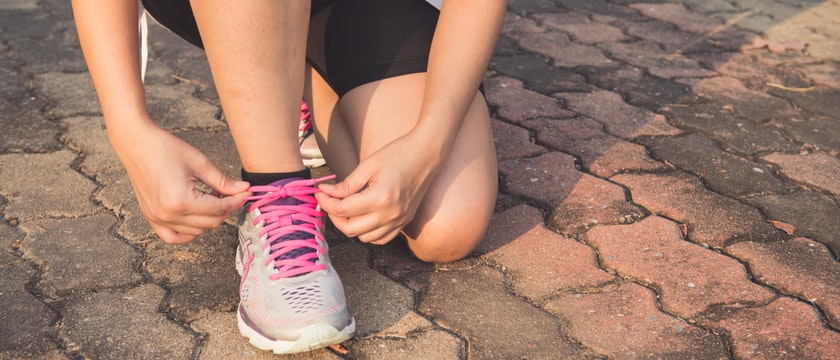
Overview of Warm Up
To prepare for physical effort or an execution by practicing gently beforehand. A warm-up generally contains a dynamic addition in control to physical development (a “pulse raiser”), joint flexibility work out, and stretching. A warm-up empowers your body to set itself up for training and diminishes the possibility of injury. The warm-up should be a blend of cadenced exercise which begins to raise the heart rate and raise muscle temperature, and static stretching out through a full extent of development. To get the best outcome dependably focus on the muscle which you will work out in exercise.
Benefits of Warm Up Exercise
A careful warm-up helps increase the blood flow to the working muscle which brings down the muscle stiffness, reduced risk of injury and enhanced performance. Some specific benefits are listed below:
- Increased muscle elasticity – The temperature increased inside muscles that are utilized amid a warm-up schedule. A warmed muscle both contracts more forcefully and relaxes more quickly. In this way, both speed and quality can be improved
- Increased Body Temperature – This improves muscle elasticity, also reducing the risk of strains and pulls
- Blood Vessels Dilate – This reduces the resistance to blood flow and lower stress on the heart
- Improve Efficient Cooling – By activating the heat-dissipation mechanisms in the body (efficient sweating) an athlete can cool efficiently and help prevent overheating early in the event or race
- Increase in blood flow and metabolism – The temperature of blood increases as it travels through the muscles. As blood temperature rises, the binding of oxygen to hemoglobin weakens so oxygen is more readily available to working muscles, which may improve endurance
- Improved Range of Motion – The range of motion around a joint is increased
- Hormonal Changes – Your body increases its production of various hormones responsible for regulating energy production. During warm-up, this balance of hormones makes more carbohydrates and fatty acids available for energy production
- Willingness to exercise is intensified- The warm-up is also a good time to mentally prepare for an event by clearing the mind, increasing focus, reviewing skills and strategy. Positive imagery can also relax the athlete and build concentration
8 Warm up exercise for best results
- Body Weight Squats – They are a compound movement – In addition to your glutes and quads, squats also work your hips, hamstrings, calves, back, and core.
- Hip Extension – It is an important part of stabilizing your pelvis and also, involves some of your strongest muscles
- Jumping Jacks – The movement is great for getting the heart rate up
- Jump Rope – It’s a full body workout which uses your abdominals to stabilize the body. It helps to improve heart rate and blood pressure
- Leg Swings – The purpose of this exercise is to warm up and stretch the hip muscles and the hip joint. This movement helps to prevent injuries and also reduces pain in the hip area
- Spiderman Steps – The purpose is to work the abdominal muscles and also, to let you strengthen multiple muscle groups at the same time, making your workouts more efficient.
- Push Ups – Push-ups help you focus on your arms, abs and your lower body, all at the same time
- Lunges – The purpose is to strengthen Your Buttocks and Legs as it is the most effective lower-body exercises as proved in the recent research
Most warmups don’t take very long, just two-three minutes, five minutes tops. To benefit us the most a warm-up should work the same muscles we will be engaging during the main workout
Warm Up Exercise schedule:
- 2-3 minutes of jump rope (who cares if you mess up, push yourself!)
- 50 jumping jacks (pull your shoulder blades back, extend arms and really focus on the movement)
- 20 bodyweight squats
- 5 lunges (each leg)
- 10 hip extensions
- 5 hip rotations each leg (like you’re stepping over a fence)
- 10 forward leg swings (each leg)
- 10 side leg swings (each leg)
- 10-20 push-ups (scale based on your level of fitness)
- 10 spiderman steps (each leg)